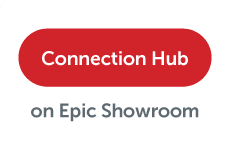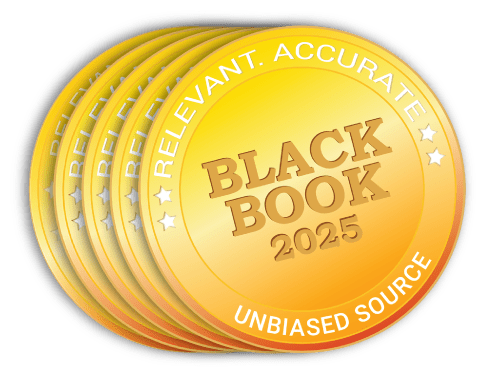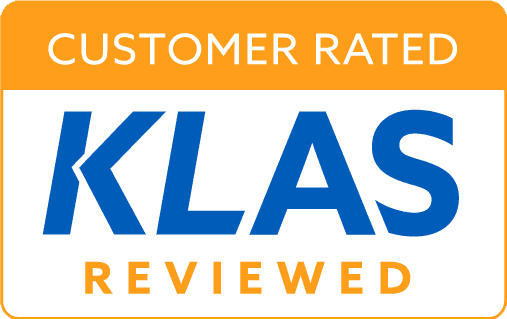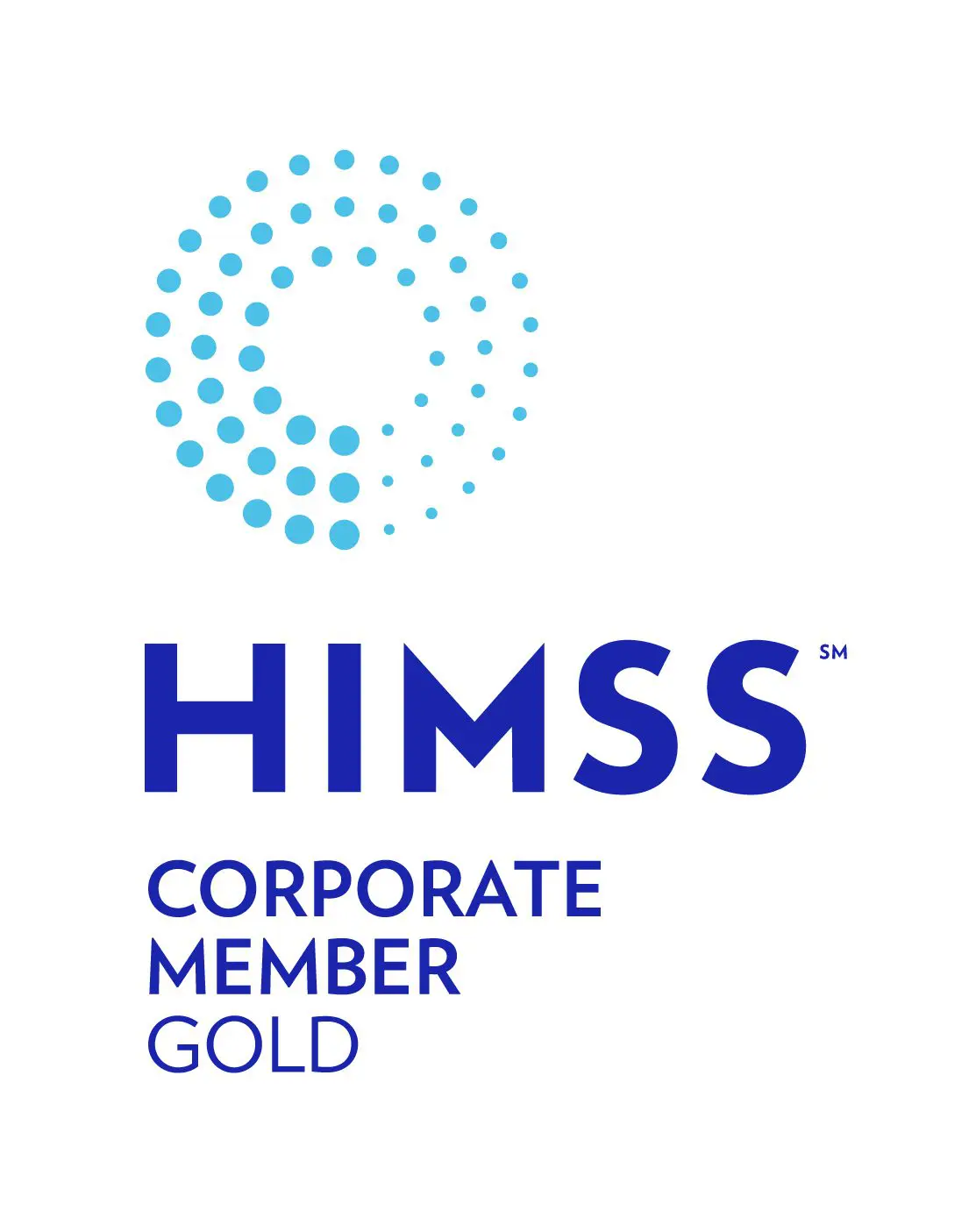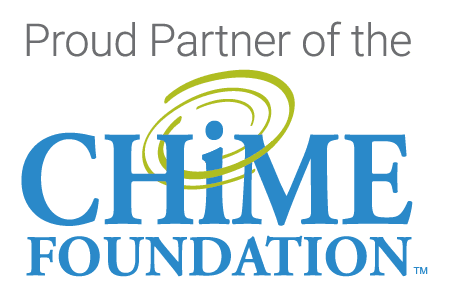
EHR data has helped assess COVID-19 and other infectious disease outbreaks such as Hepatitis B, Lyme disease, Tuberculosis, Measles, Chickenpox, Zika virus, Ebola virus, HIV infections and even the common cold. It informs immediate medical treatments for infectious disease patients by capturing source data such as symptoms and lab results, and it provides big-picture trends to support broader population health initiatives.
EHRs in 73% of all emergency departments contribute real-time data to the National Syndromic Surveillance Program (NSSP). The NSSP draws from more than 5,000 facilities, covering 47 states and Wash D.C. The CDC defines collection of signs and symptoms that are of interest (e.g., fever and cough). Data on patients with these symptoms documented are abstracted from EHRs via the CDC’s BioSense Platform, with more than four million electronic messages received daily. This data is intended to support syndromic surveillance to monitor public health and help respond to emergencies.
Long-term, improved disease reporting and longitudinal collection of disease data will provide valuable insights into trends and risks. Importantly, data-informed records will improve health outcomes. The health of our nation riding on information that can be culled from both general and infectious disease electronic medical records, such as outcomes from:
- Immunotherapies
- Antibiotic dosing
- Lab orders
- Drug Interactions
- Infectious Disease Assessment Plans
Some healthcare providers rely on EHRs with specific templates and functionality designed for managing infectious disease. This includes many of the expected leading EHR brands as well a WRS Health’s Infectious Disease EHR, Praxis EMR and CureMD. As infectious disease EHR software ages or gets replaced, it is critical to safeguard legacy data not only to meet record retention guidelines for release of information but also to support population health research. This is where an EHR active archive for infectious disease medical records, such as HealthData Archiver®, becomes a valuable part of your overall health data management plan to support the quadruple aim of healthcare.
Medical record retention laws vary state to state and by condition, but may span 20-30+ years in some cases. Providers of all sizes need to have a game plan that doesn’t disregard historical data.
Now, more than ever, health data matters. Harmony Healthcare IT collaborates with health providers of all sizes to develop a plan for extracting and delivering legacy data wherever it is needed. This may entail migrating or converting the most recent years of data into a new go-forward EHR. It also entails securely retaining all of the historical data within an active archive before decommissioning the old system. Historical information is then accessible within the go-forward EHR through a Single Sign On feature to ensure clinical accessibility at time of treatment.
There isn’t a one-size-fits-all plan for what each organization needs to meet its unique needs.
We get that.
We’ve worked with more than 500 EHR systems and with some of the most complex projects in the industry. Our ranking as #1 in the 2020 Best in KLAS Software & Services Report as well as our top rankings in 2019 and 2020 as the top EHR Data Extraction and Migration provider according to Black Book™ Rankings, a division of Black Book™ Market Research are third-party validations we continue to strive to re-earn every day.
Are you working on a plan to safeguard the infectious disease and other records within your care?
Do you have an EHR system replacement in your future?
Let’s talk about legacy records.
